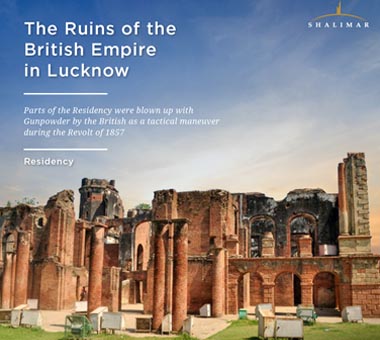The Residency - The Saga of 1857 told in Ruins of Grandeur
July 1, 1857. The British Commissioner to Awadh (erstwhile Oudh), Sir Henry Lawrence, greeted in the early hours of the morning by the heavy thuds of field guns and cannonballs hitting the battlements and explosions rocking the floors of the British Residency. The Indian Revolutionaries were at the gates, having attacked Lawrence and his Reconnaissance Party at Chinhat on the 30th of June killing many and convincing many to defect. The Siege of Lucknow had begun.
The Siege would last for nearly 5 months, destroying major chunks of large monuments such as Sikandar Bagh. However, it was the Residency that faced the major brunt of the destruction, as it was where the Treasury, the living quarters for British Personnel, and the Arsenal where the accursed Cartridges of the Enfield Rifle - the ones that ignited the rebellion - were housed. Over the course of the Siege, nearly 2,500 (including Lawrence) would be killed, injured or reported missing from the East India Company while upwards of 3,000 from the Revolutionaries would face a similar fate.
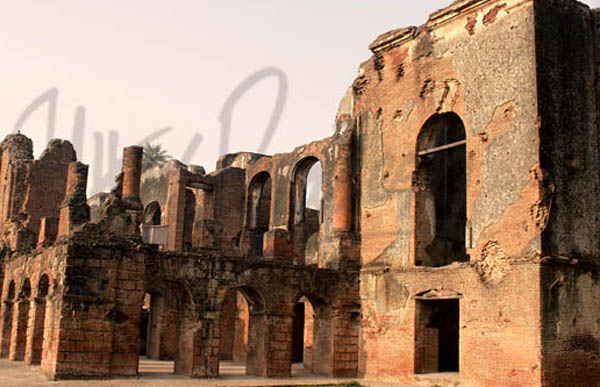
History
The Residency was built by Nawab Saadat Ali Khan II, the fifth Nawab of Awadh, between 1780-1800 AD. It was built to accommodate the newly arrived officers and families of the East India Company. Consisting of many structures, including residential quarters, armoury, stables, dispensaries, worship places and more, all grouped together in a single precinct, the Residency functioned as the Strategic & Command Centre for the British during the Raj.
.jpg)
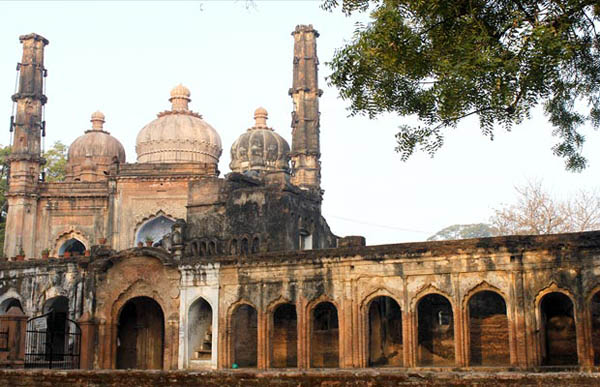
Architecture
Built in an interesting mix of Mughal & Victorian Architecture, the Residency shows influences from French, North Indian & even Portuguese Design Elements in the various structures spread over a sprawling 33 Acre Area. The Nawab had a view of accommodating the British East India Company in those quarters & also arranged for a special guard of honour of Colonel Baillie in the south-eastern part of the Residency, with this the portal came to be known as Baillie Guard Gate. The site of Residency now consists of ruins of majestic buildings which give an indication to the various nature of activities within the complex. Besides the main Residency building, there was the Sheep house, Slaughter house, Sikh square, Dr. Fayrer’s house, Banqueting hall, the Treasury house, Begum Kothi, the Church, Mosque, Imambara and the native hospital etc.
The Model Room, a part of the main Residency Building, which housed a model of Residency as it was before the 1857 War, has now been converted into a full-fledged Museum displaying the original model of Residency, old lithographs, photographs, paintings, documents and period-objects, besides a diorama of Residency siege, giving an accurate visual account of the freedom struggle of 1857 in a chronological and systematic way. Besides, a gallery showing the excavated objects has also been added.
The Siege of Lucknow
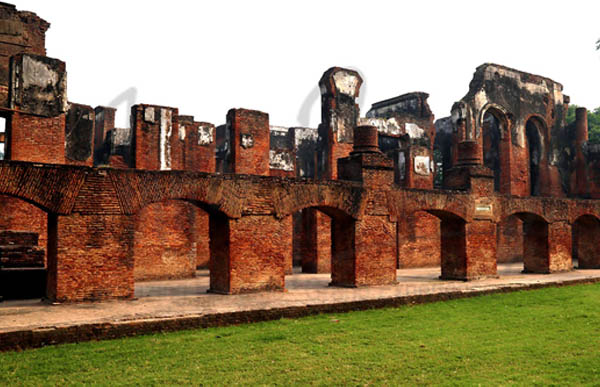
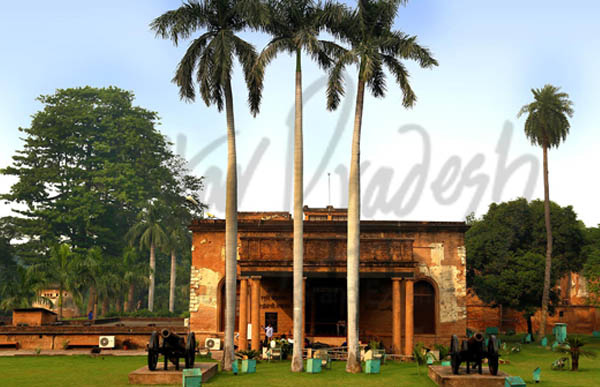
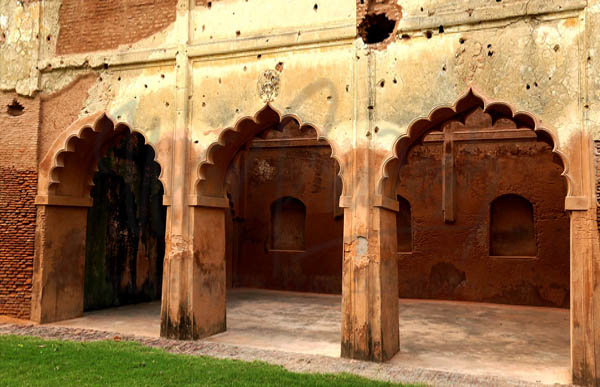
The introduction of the Enfield Rifles, rumoured to contain Beef & Pork fat as greasing for the cartridges which had to be bit open during the musket drill, led to feelings of discontent within various Indian Origin British Regiments in Northern Indian. The Troops felt that their religious sentiments were being disregarded by the British and that, coupled with the disdainful manner in which the last Nawab of Oudh was ousted, led to revolt across the board. On 1st May, 1857, the 7th Oudh Irregular Infantry refused to bite the cartridges, subsequently disarmed on the 3rd of May by other regiments.
On the 10th of May, Indian soldiers at the Meerut Cantonment declared open revolt and marched on Delhi. On hearing this, the British Commissioner to Awadh, Sir Henry Lawrence, realised the gravity of the situation and summoned 2 groups of pensioners - Infantry & Artillery men and a couple of Sikh Regiments from the North. The entirety of May he spent fortifying the residency and laying in supplies for a siege. On 30th of May, the Awadhi & Bengali Soldiers in Lucknow broke into open revolt.
With neighboring Sitapur, Faizabad and Sultanpur declaring revolt in June, Lawrence was sure that Lucknow wasn’t far away. On 30th June, he went for a recon mission with his troops (though not a trained combatant) towards Chinhat. The poorly planned and executed excursion was ambushed by revolutionaries at Chinhat and Lawrence lost many men to both death & defection. He retreated to the Residency, where the first siege of Lucknow had begun.
The First relief arrived under Major General Sir James Outram in September. Meanwhile the Residency had already endured 87 days of relentless Siege by nearly 5,000 revolutionaries, losing Sir Lawrence and many British personnel. He had hoped to evacuate the residency but having incurred heavy losses, he could not do so. So, the Second Siege of the Residency was laid by the revolutionaries, the second relief could only be mustered by the 14th of November.
The Second Relief managed to recapture the Secundra Bagh (Sikandar Bagh) and the Shah Najaf by 18th November and moved on to evacuate the Residency under Sir Colin Campbell, Commander-in-Chief of the British Forces in India. The evacuation began on 19 November. While Campbell's artillery bombarded the Kaisarbagh to deceive the rebels that an assault on it was imminent, canvas screens were erected to shield the open space from the rebels' view. The women, children and sick and wounded made their way to the Dilkusha Park under cover of these screens, some in a variety of carriages or on litters, others on foot. Over the next two days, Outram spiked his guns and withdrew after them.
The first siege had lasted 87 days, the second siege a further 61. A number of gallantry awards were conferred on the British Combatants, however, the valour and gumption of the revolutionaries is now lost in the pages of history, only to be seen in the fallen columns and battered walls of the Residency. The ruins of the Residency still tell a story, a story of a revolution that may have failed, but which ignited the flame of Independence in the Indians, a story of British guile that withstood a hard siege in a foreign land, a story of a City ravaged by foreign occupation, yearning for freedom…
This can be beautifully summed up in this sher by the last Nawab of Awadh, Wajid Ali Shah, which goes -
Yahī tashvīsh shab-o-roz hai bangāle meñ
Lucknow phir kabhī dikhlāe muqaddar merā
